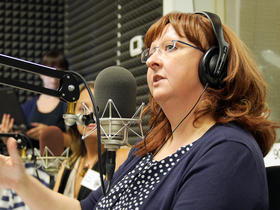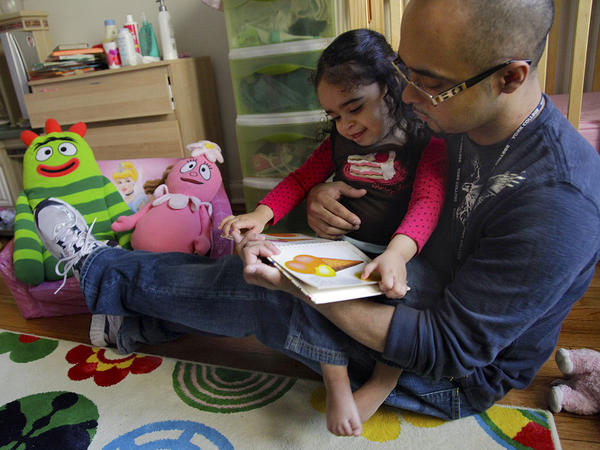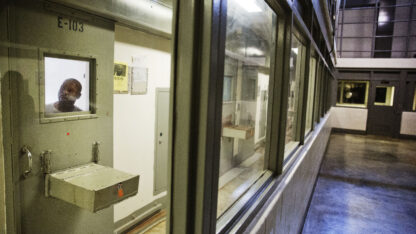Socioeconomic Disparities Major Factor In Autism Diagnoses
When it comes to diagnosing and treating children with autism, research has suggested that there are disparities based on race.
But researchers with Atlanta’s Marcus Autism Center suggested during an interview on “A Closer Look” that wealth plays a role as well.
“Research shows that it really is more about socioeconomic status than it is about race or ethnicity,” said Celine Saulnier, the director of clinical research operations at the center. “So families from more disadvantaged communities, whether it’s rural or very urban, they’re going to have less access to care and less empowerment to advocate for care. So either they’re going to have children that are misdiagnosed or not diagnosed at all,” she added.
The Marcus Autism Center serves more than 5000 children a year with autism-related disorders.
Saulnier admitted the facility does diagnose more white children with autism spectrum disorder, or ASD, than African-American or Hispanic children, but she said that’s beginning to change as they figure out better ways of reaching more disadvantaged and minority populations.
“We also see cultural differences, in terms of who seeks out care,” said Chris Gunter, associate director of research at the Marcus Autism Center.
“We have so far found at least 100 genes that are linked to autism in some way. Are any of those different in different ethnic origins? Almost certainly. Have we been able to disentangle that yet? No,” Gunter explained.
The Centers for Disease Control and Prevention report one in every 68 children is diagnosed with autism, ASD occurs in all racial, ethnic and socioeconomic groups, and is five times more common among boys than girls.
WABE’s April Williams, Rose Scott, and Denis O’Hayer contributed to this report.
9(MDAxODM0MDY4MDEyMTY4NDA3MzI3YjkzMw004))








